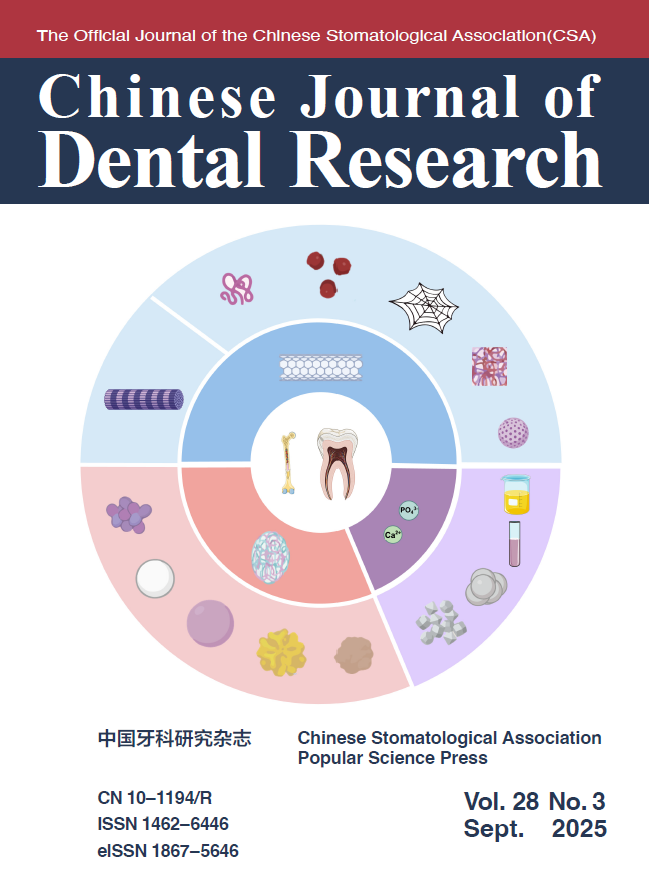|
Objective: To investigate the causal role of periodontitis in inducing distal-organ aging and elucidate the mechanism between periodontitis and multi-organ aging by assessing the role of NF-κB signalling in mediating cellular senescence. Methods: A ligature-induced periodontitis mouse model was established to systematically examine the expression profiles of senescence markers, including senescence-associated secretory phenotype (SASP) regulatory genes (Il1b, Il6, Mmp13), telomere length, and cellular senescence markers (p16^INK4a, p21^CIP1/WAF1 and β-galactosidase) in peripheral blood, bone marrow, aorta, heart, thymus and uterus. To further clarify the mediating role of the NF-κB signalling pathway in periodontitis-induced multi-organ aging, an intervention study was conducted using the specific NF-κB inhibitor BAY 11-7082. Results: The results revealed significantly elevated expression of SASP-related genes in the peripheral blood of periodontitis mice compared to controls (P < 0.01). Various classic molecular hallmarks of aging, such as upregulated expression of SASP genes, shortened telomeres and increased p16 expression, were also observed in multiple distal organs/tissues. Further mechanistic studies revealed that selective inhibition of the NF-κB signalling pathway significantly attenuated the expression of these aging phenotypic markers (P < 0.01), indicating that this pathway plays a critical role in mediating periodontitis-induced systemic aging. Conclusion: This study provides direct experimental evidence that periodontitis can promote systemic multi-organ aging via activation of the NF-κB signalling pathway, establishing a theoretical basis for developing therapeutic interventions. Keywords: biological aging, NF-κB signalling pathway, periodontitis, senescence-associated secretory phenotype (SASP) (editor:CJDR) |
- Chin J Dent Res
CN 10-1194/R . ISSN 1462-6446 . eISSN 1867-5646 . Quarterly 



